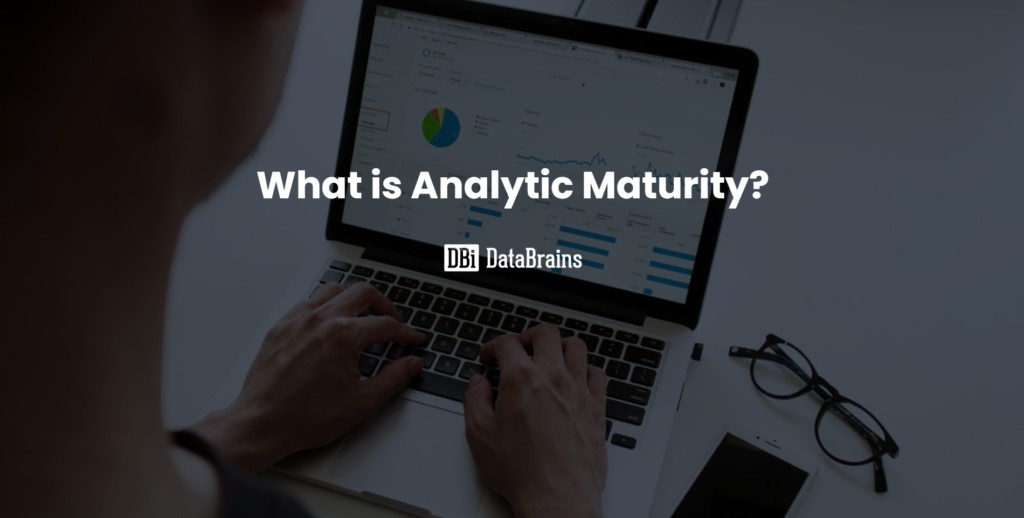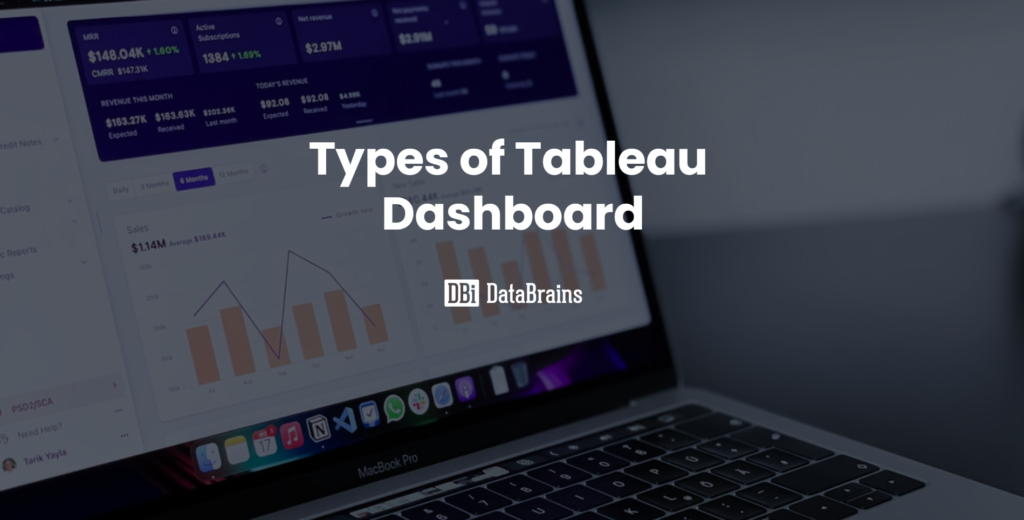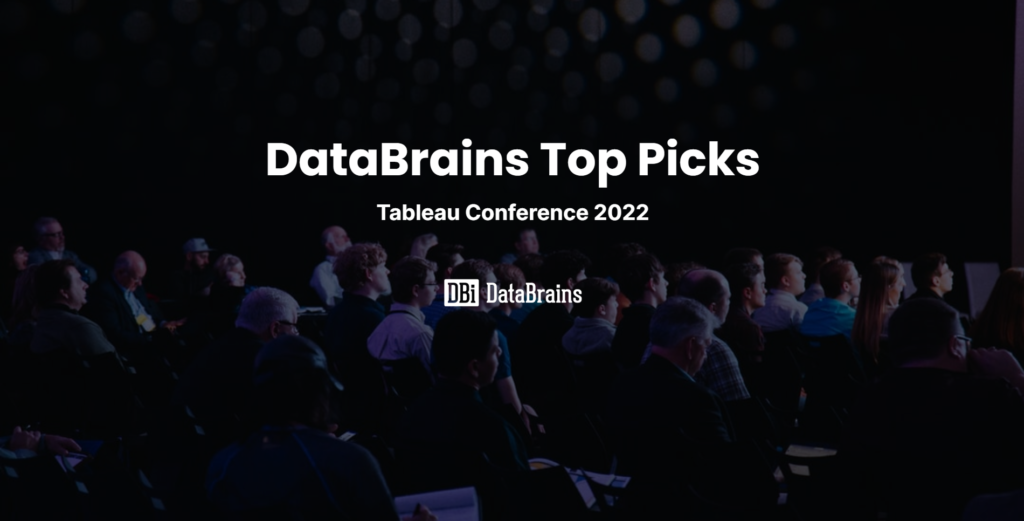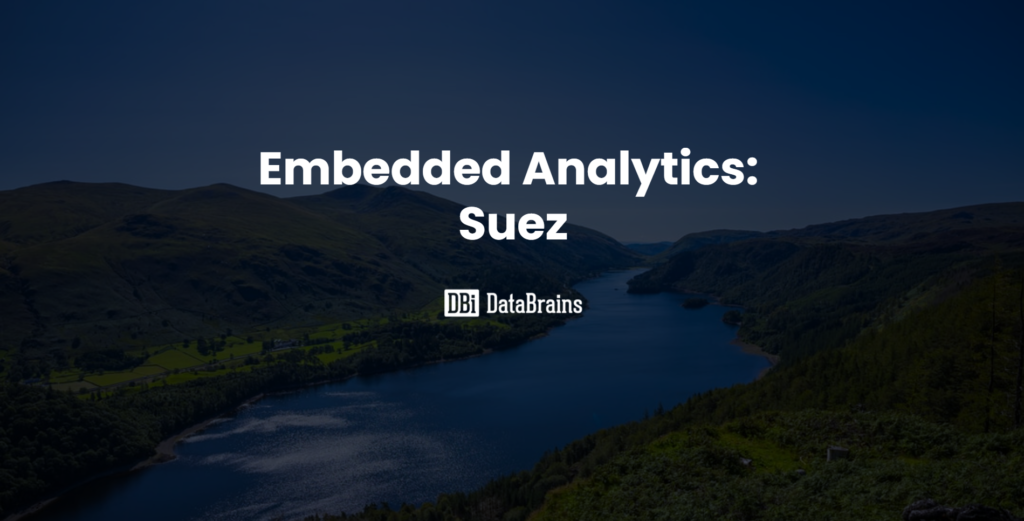
Background
Antares Group, Inc. is a consulting and project development firm focusing exclusively on renewable energy and efficiency technologies. Their work includes technical evaluations of specific project opportunities, resource analysis, market studies, and assisting government agencies to evaluate and implement policies resulting In energy efficiency solutions.
Business Need
Antares Group, Inc. in conjunction with multiple government agencies, wanted to examine how to change management practices in Iowa watersheds to improve profitability, environmental performance, and biomass supplies. collected numerous environmental modeling runs for Iowa watersheds.
As part of their project “Enabling Sustainable Landscape Design for Continual Improvement of Operating Bioenergy Supply Systems”, Antares Group needed to create a framework by which users could readily access the modeled data and display it on a map, while also providing for some scenario analyses. The framework would allow users to determine how to best change management practices for the desired geographic granularity to improve profitability, environmental performance, and biomass supplies.
The Challenge
There was an excessive amount of modeled data to be included in the framework: nearly 50 modeling runs, one each for the two different crop types containing modeled environmental data and a third with profitability data, and allocated across seven different geographic granularities (again, each as their own file). By default, Tableau understands certain geographic roles (i.e.., state, county, zip). This project required the use of specific shapefiles to align with the geographic level of detail of the model runs (watershed, field, and subfield). Devising a data system to capture the various ways of looking at the data and creating dashboards to query these data sources was the biggest challenge to successfully creating the framework for users to access.
The Solution
DataBrains created a SQL database to store the numerous modeling scenarios, cataloging each run based on four key dimensions. A SQL view was created for each of the 7 geographic granularities and joined to their respective shapefiles to tie the modeling data to a geographic feature. These data sources were used to build maps overlaying the desired modeled metric based on a set of parameters.
Additionally, “what if” analysis was created using parameters and calculations to determine which geographic areas were best suited to modify the planted crops. Additional dashboards provided supplemental analytics for a deeper dive into the data.









